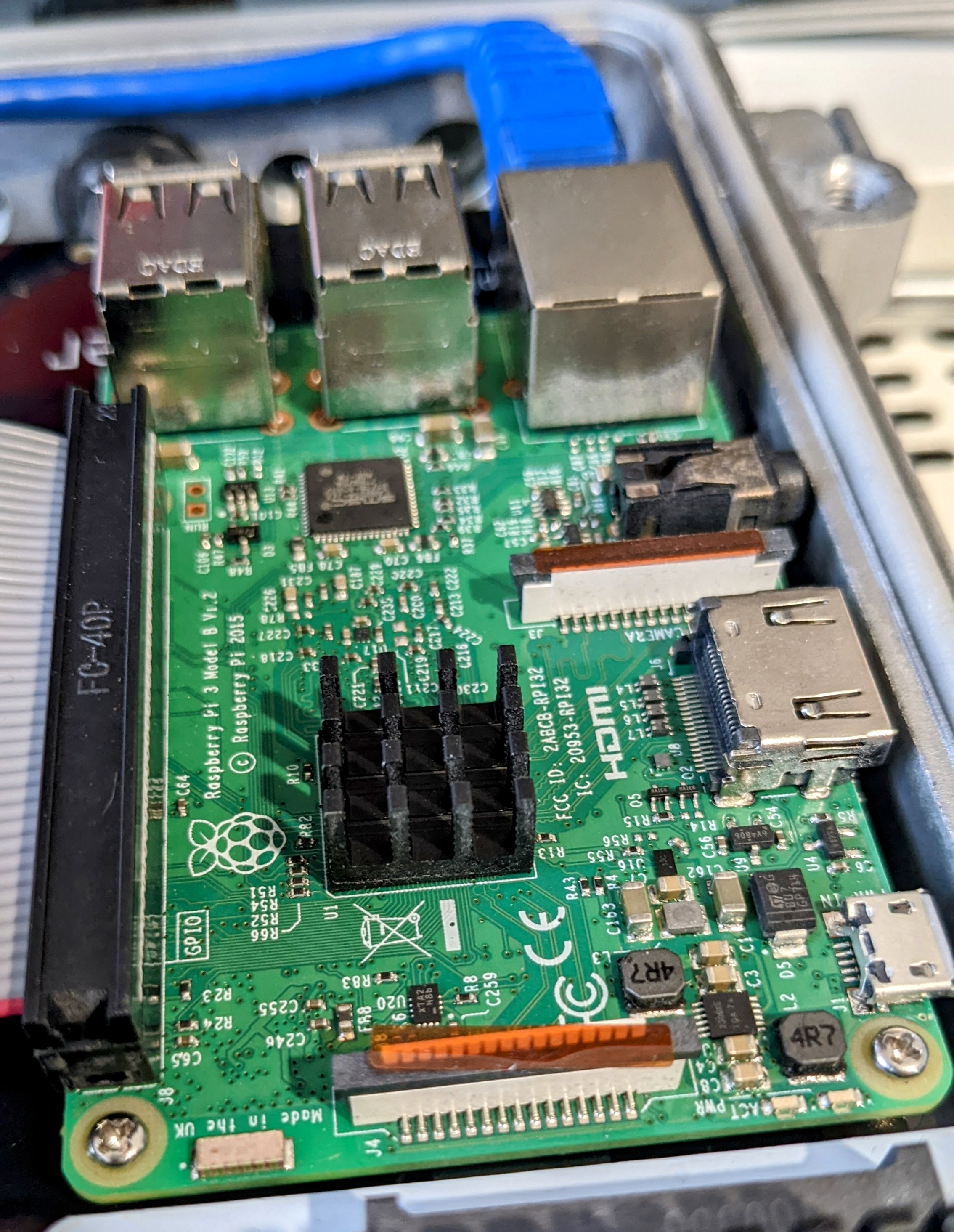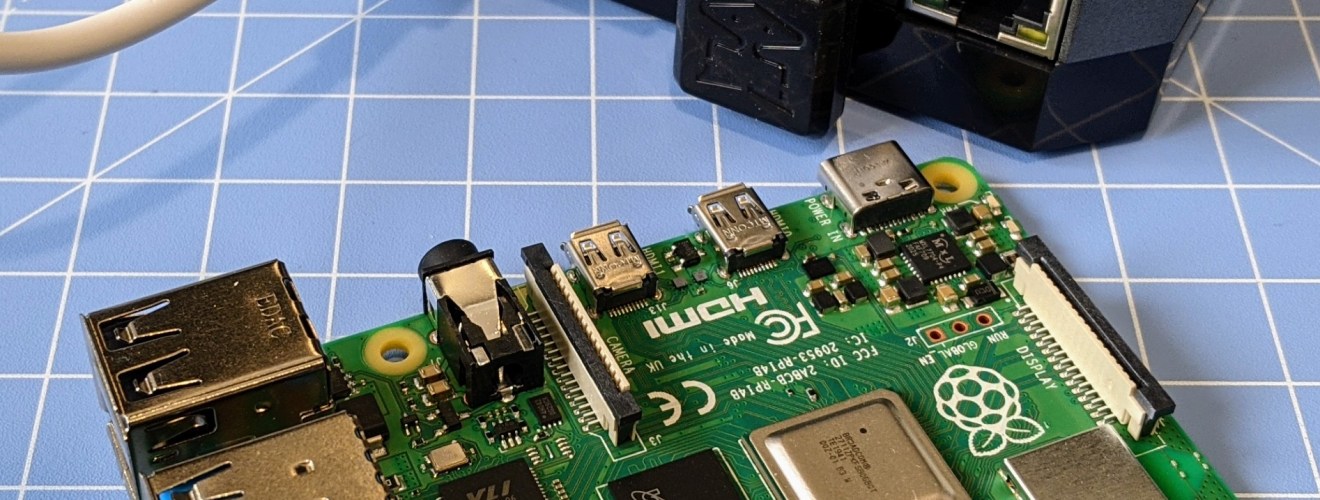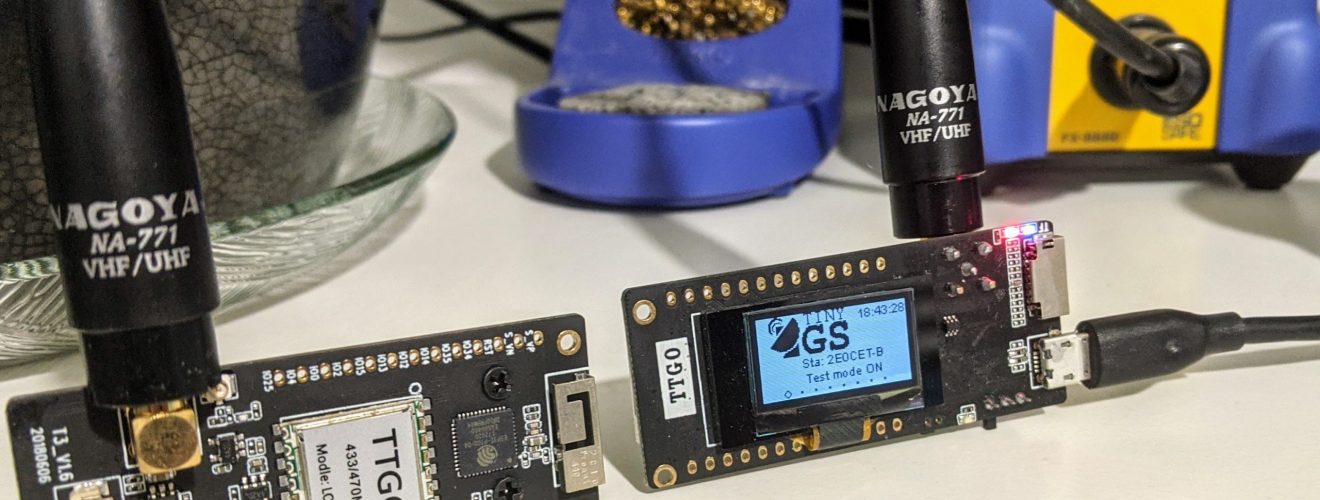- A Mind for Numbers
- Accelerate
- Agile Project Management for Dummies
- Algorithms to Live By
- Atomic Habits
- AWS Certified Cloud Practitioner Study Guide
- Banking on It
- Brexitland
- Build Your Dream Network
- Bulletproof SSL and TLS
- Business Analysis
- Collapse
- CompTIA Security+ Practice Tests
- CompTIA Security+ Study Guide
- Corporate Rebels
- Countdown to Zero Day
- Creative Acts for Curious People
- Creative DIY Microcontroller Projects with TinyGo...
- Cryptanalysis
- Crypto Trader
- Cryptography
- Culture Code
- Daniel Goleman Omnibus
- Deep and deliberate delegation
- Dhl
- Drive
- Effective Python
- Every Tool's a Hammer
- Exam Ref AZ-900 Microsoft Azure Fundamentals
- Expert Scripting and Automation for SQL Server...
- Fifty Quick Ideas to Improve Your User Stories
- Fixing Your Scrum
- Fundamentals of ServiceNow Administration and...
- Future Leader
- Future of Violence - Robots and Germs, Hackers and...
- GCHQ Puzzle Book
- Getting Things Done
- Harvard Business Review manager's handbook
- Hooked
- How Google Works
- How to Take Smart Notes
- How to Win Friends and Influence People
- HTML and CSS
- I Think, Therefore I Am
- Itsm Value Streams : Transform Opportun
- JavaScript and jQuery
- Kill It with Fire
- Leaders Eat Last
- Leading change
- Leading Without Authority
- Lean Thinking
- LONDON'S UNDERGROUND.
- Managing Successful Projects Prince2
- Managing Successful Projects with PRINCE2
- Measure What Matters : OKRs
- Meteorology today
- Mindf*ck
- Modern Cryptanalysis
- Modernist cuisine at home
- Money Revolution
- Never Split the Difference
- New One Minute Manager
- Open Circuits
- Oversubscribed
- Permanent Record
- PHP 5 advanced
- Practical Docker with Python: Build, Release and...
- Practical electronics for inventors
- PRINCE2 for dummies
- Pro Python 3: Features and Tools for Professional...
- Pro SQL Server Always On Availability Groups
- Pro SQL Server on Linux: Including Container-Based...
- Professional Scrum Master Guide
- Project to Product
- Radical Simplicity
- Rules of People
- SAFe 5.0 Distilled
- Sapiens
- SEARCH INSIDE YOURSELF- TPB
- Secret Barrister
- Securing SQL Server: DBAs Defending the Database
- Site Reliability Engineering
- SQL Server 2017 Administration Inside Out
- Start with Why
- System Center Configuration Manager Current Branch...
- T-SQL Fundamentals
- Teach Yourself Electricity and Electronics,...
- Teach Yourself Setting Up a Small Business (Teach...
- Team Topologies
- The Art of Deception
- The art of invisibility
- The Chimp Paradox How Our Impulses And Emotions...
- The coaching habit
- The code book
- The Courage To Be Disliked
- The DevOps handbook
- The Epic Guide to Agile
- The Five Dysfunctions of a Team: A Leadership...
- The Go Programming Language
- The Golden Ratio
- The Introvert's Guide to the Workplace
- The Manager's Path
- The New Silk Roads: The Present and Future of the...
- The outward mindset
- The Phoenix Project
- The Professional Product Owner
- The Unicorn Project
- Turn The Ship Around!
- Visual Thinking
- Weapons of Math Destruction
- Who Moved My Cheese?
- Work Rules!
- Working Out Loud
- Writing An Interpreter In Go
- Wrong Fit, Right Fit
Recent Posts

Secure Your Home Lab With Lets Encrypt SSL Certificates, Caddy and Mythic Beasts DNS
A Home Lab is a valuable asset for any Developer or Engineer to support their personal development, personal projects, and experimentation. Web security is relentlessly improving, so we need to adapt our ways of working in order to support this. The days of running Production websites over plaintext http are long gone, and therefore we should also reflect this in our Home Labs too. There are many different ways to create a professional looking and secure Home Lab.

Installing OmniFeather with Feathercoin Wallet on a Raspberry Pi
Feathercoin is one of the oldest cryptocurrencies and has a thriving community. It is actively being developed with new and modern features that allows it to compete with other coins like Bitcoin. Transactions are quickly confirmed, and it is safe and secure. If you are interested in helping the network through mining, Feathercoin is suited to hobbyist mining with reasonably fast graphics card. The Feathercoin blockchain allows additional data to be stored within transactions, which can be used for things like token and contracts.

Learn about Satellites by building a Ground Station
Launching your own satellite into Space is becoming a relatively affordable option, but it still involves huge risk and costs. Whilst we won’t be launching our own satellites just yet, we can learn more about amateur satellites through educational and research projects. Participating in an existing project is easier than you may think, with a general understanding of computers, at the cost of a couple of coffees. It’s an impressive achievement when a project launches a satellite into Space, but it is arguably a more challenging achievement to build and maintain a global network of listening stations that make experimentation and observations possible.

Thinking inside the box – Introducing ChIoT
For a while now, I’ve been working on an Internet of Things (IoT) project that brings multiple ideas and learning objectives together into one well defined goal. The project consists of programming in Go (GoLang) and Python, writing modules for the production ready Caddy Server v2, using Raspberry Pi computers and other microcontrollers, and wiring up an endless supply of electronics. I have been creating Raspberry Pi stacks and development environments for years, but I always encounter the same problem.

Cross-skilling, Tooling, and Lockdown Bread
As I knead the dough in front of me, I realise two things. Firstly, I probably haven’t had enough exercise during Lockdown as this dough is beating me. Secondly, the automatic process of kneading allows for a clear mind in order to think. I’m almost finishing the sixteen kilogram bag of bread flour I purchased as lockdown began. This was bought through a local supplier which I knew it would only arrive when it was practical and sustainable.